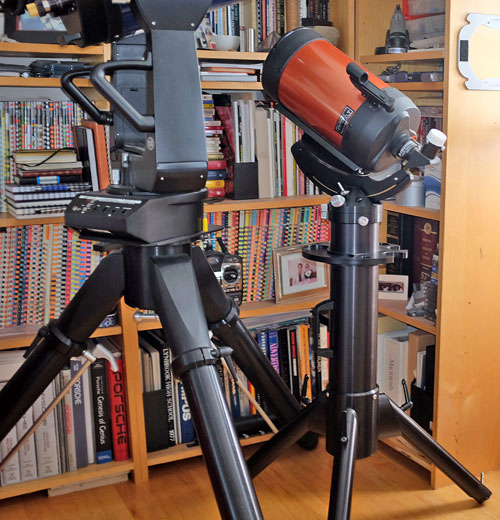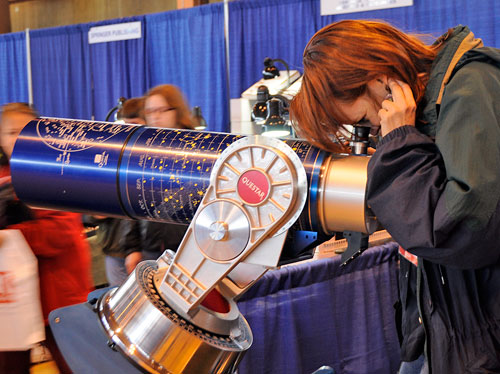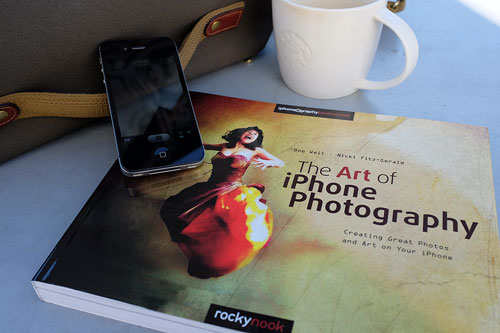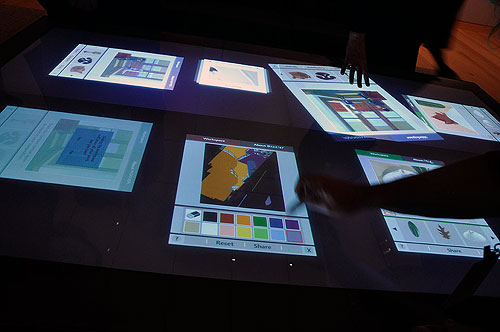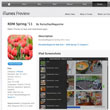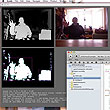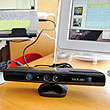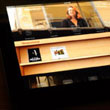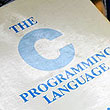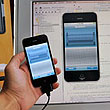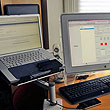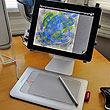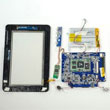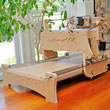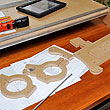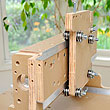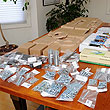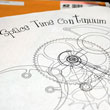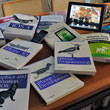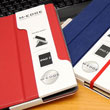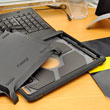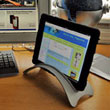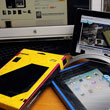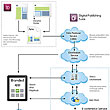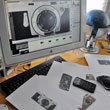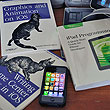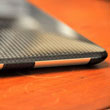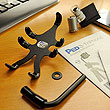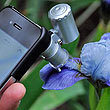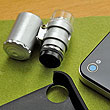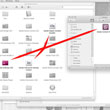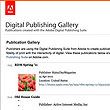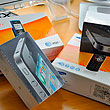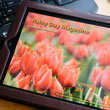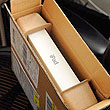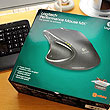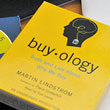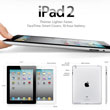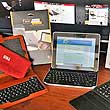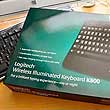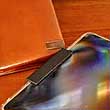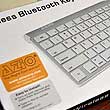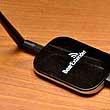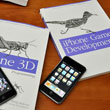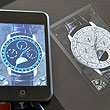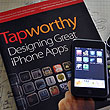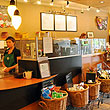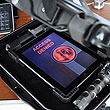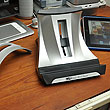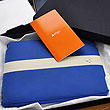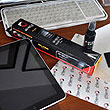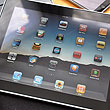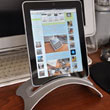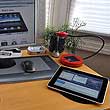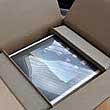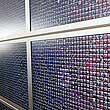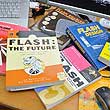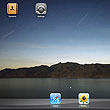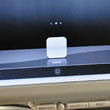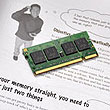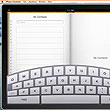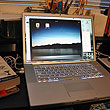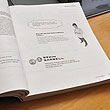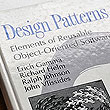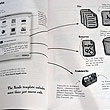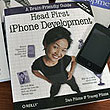
| TODAY |
| RDE 2012 |
| RDE 2011 |
| RDE 2010 |
| RainyDayScience |
| RainyDaySOHO |
| Contact Us |
|
RainyDayMagazine's content can now be licensed for your print magazine or web site. Please contact us directly here. If you want to see something reviewed, then drop us a note with a link and we'll be happy to take a look. NOTE: Click here to read more about our approach to product reviews. |
Got some time this weekend? How about curling up with a good book on math? No, really. We have noticed that we have forgotten a little bit/a lot of the math we had learned in high school. We thought we knew many of the concepts, like imaginary numbers, natural logs, and that weird number "e." However, when we tried explaining them, mostly to the interns when they asked us what they thought was a "simple question," we realized we couldn't really answer them. When the nice folks at Pragmatic Programmers asked if we would be interested in checking out their new book Good Math, we immediately agreed. The book is AWESOME. Mark C. Chu-Carroll was able to take complicated (to us) and sometimes confusing (possibly to you) concepts and... [more]- Good Math
|
We posted a FirstLook of the Tristand a few weeks ago. We have been wanting to take the tripod out for its FirstUse, but the New England weather has not been cooperative. Our opportunity came last Thursday night with the Harvest Moon. The moon was huge, the night was still warm, and the sky was completely clear. We could not have asked for better conditions to try out the new-to-us Questar Tristand!!! When we saw how bright the moon was, we wanted to get some shots of it. We have taken closeup photos of the moon before and it was not difficult. The last time we did it, we mounted the body of a DSLR to the rear of the scope. That setup meant we could not use autofocus or any of the other features of the camera. This time, we thought we would try a different... [more]- Questar Tristand FirstUse
|
Questar telescopes are known the world over for their quality instruments. We had a chance to see them first hand at the NEAF conference in 2011. While we were certainly impressed with the quality of the telescope's optics, we were also struck by their tripods that supported their scopes. We had never seen anything like them before. They were compact, very portable, and rock stable. Everything we would want in a telescope stand. When we started putting together our portable deep-sky astro-imaging system, we looked for components which were easy to transport, quick to set up, and simple to use. Our current PDSI setup consists of the following:
The ASGT tripod, though, while extremely stable turned out to be less portable than we wanted. Also, we realized that with the fast f/2 Hyperstar lens, we didn't need to track. Recalling our positive impressions of the Questar Tristand, we began keeping our tabs on EBay, Astromart, and Craigslist for a used one. As a Tristand is made only when it is ordered, there aren't a lot of them around and they don't show up for sale too often (maybe a few times a year). We would estimate that only a few hundred of them have ever been made. A few weeks ago... [more]- Questar Tristand FirstLook
|
While looking back recently on what we have worked on in 2013, we realized we have done quite a few articles on photography and related gear; maybe too many. So when our friends at Rocky Nook mentioned that they had a new book on iPhone Photography, we initially passed on reviewing it. However, after a bit more thinking, we had a what we call an "Innovator's Dilemma" moment. Smartphones will be a major disruptor in the field of professional photography. Here is our prediction for the Near Future of Photography. Within 5 years, the smartphone will:
One example from Clayton Christensen's "The Innovator's Dilemma" which remains vivid is that of the transitor. When the transitor was first introduced many people predicted that it would immediately replace the vacuum tube. This is not what happened. Instead, the early transistor... [more]- The Near Future Of Photography
|
Astrophotography is an interesting challenge, but a challenge anyone with a telescope can take on. The pursuit has been made infinitely more rewarding since the move from film to digital. By letting a camera's sensor "collect" photons over time, the telescope can reveal images not visible to the naked eye, no matter how dark the sky. And unlike the days of shooting with film, digital imaging results can be seen almost immediately. However, taking images of dim points of light at night still has plenty of difficulties, one of which is getting the focus spot-on. Getting it right was a LOT of trial and error. Things were made less frustrating when Pavel Bahtinov gave the world the Bahtinov Mask. The mask made use of an interesting phenomenon known as diffraction. It is very clever and the use of a diffraction mask made focusing by eye easier, but still subjective. That is because even though such a visual-only technique can be pretty good for observing (subject to the expertise of the user), it is usually insufficiently precise or repeatable for astrophotography. In order to to address those deficiencies, Dr. Winter of Gold Astro designed the GoldFocus system. For those interested in the details, there is an extensive discussion on focus and collimation on the Gold Astro site. The Gold Astro method, by using a combination of a proprietary mask and software, is an objective approach to achieving critical focus, unlike the subjectivity of the experience of the user. While the principle of the GoldFocus mask is the... [more] - Gold Astro FirstLook
|
Jeff Han set the user-interface world on fire with his FTIR-based multi-touch technology presentation at the 2006 TED conference. The interface's ease of use was partly responsible for the unprecedented success of Apple's iPad tablet. It was clear that "touch" was the next big thing in user interfaces. A few years later, there are plenty of clips on YouTube showing three-year olds frustrated when they cannot "resize" images in a paper magazine. The next generation of computer users are declaring the days of the mouse and keyboard as the primary methods of interacting with computers are numbered. Multi-touch-enabled devices are just a part of a class of human-computer interactions known as natural-user-interfaces (NUI). The RainyDayScience folks followed the progress of the various types of NUI research over the past few years with great interest (SixthSense, Kinect, NeuroSky). Some of the research have begun to move from the labs out to the marketplace. When Microsoft released the Kinect camera for their xBox 360 platform, the device created a huge swell of interest in... [more] - NUI FirstThoughts
|
A few years ago, Starbucks began offering free WiFi in all of its stores. We mentioned it to our readers a few years ago, because we sometimes hang out there to socialize, and occassionally, work. We also noted that vendors such as McDonald's offered free WiFi as well but that their decor was not as attractive. Recent changes in my schedule have made it more convenient to hang out at the WiFi-enabled McDonald's and Dunkin Donuts close to the Aikido dojo a few afternoon each week. What we have noticed is that both have made their venue more comfortable/attractive for those customers who like to linger. Apparently, there are many people who hang out at their local McDonald's, abeitly for a somewhat different reason. There was a recent Wall Street Journal article on how kids from families who can't afford WiFi at home are hanging out at a McDonald's close to their house, so they could... [more] - Fast Food and Free WiFi
|
Disruptive technologies come along every so often. Keeping an eye out for them has been one of our interests ever since we read Clayton Christensen's books on innovations and their impact on business (The Innovator's Dilemma Last year, we wrote an opinion piece on Lytro and their innovative Light-Field technology (LFT). In it, we gave reasons why they should not make a play for the general consumer camera market with their technology. We suggested that Lytro would be better served concentrating on finding a market where the LFT would add critical value, not just novelty. We proposed that that market would be the security field. We had a "lively" exchange with a number of readers regarding whether LFT was ready for prime time. Some were even... [more] -Disruptive Tech
|
| ||
| 2011 | ||
|
|
||
| 2010 | ||
|
|
||

